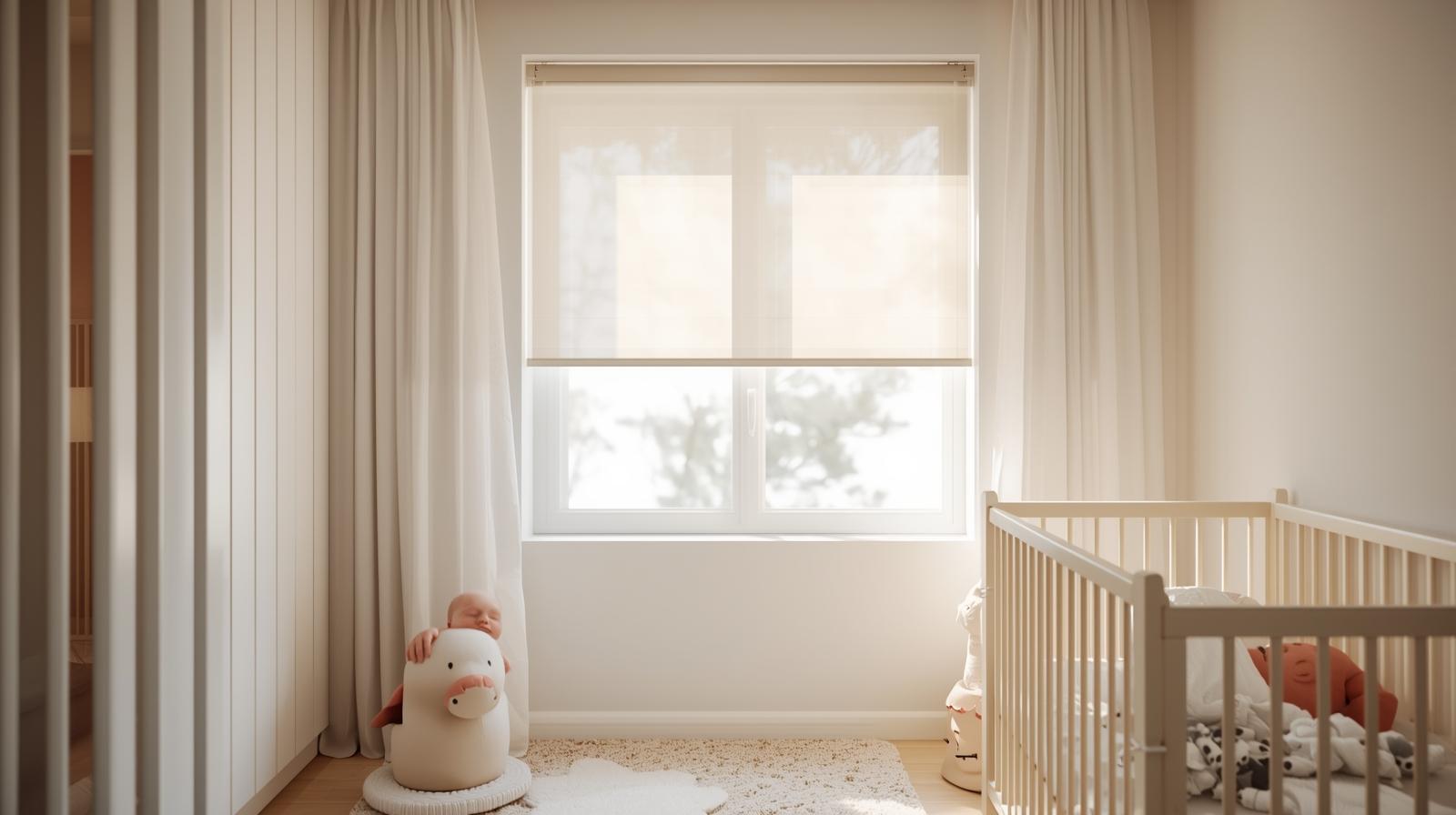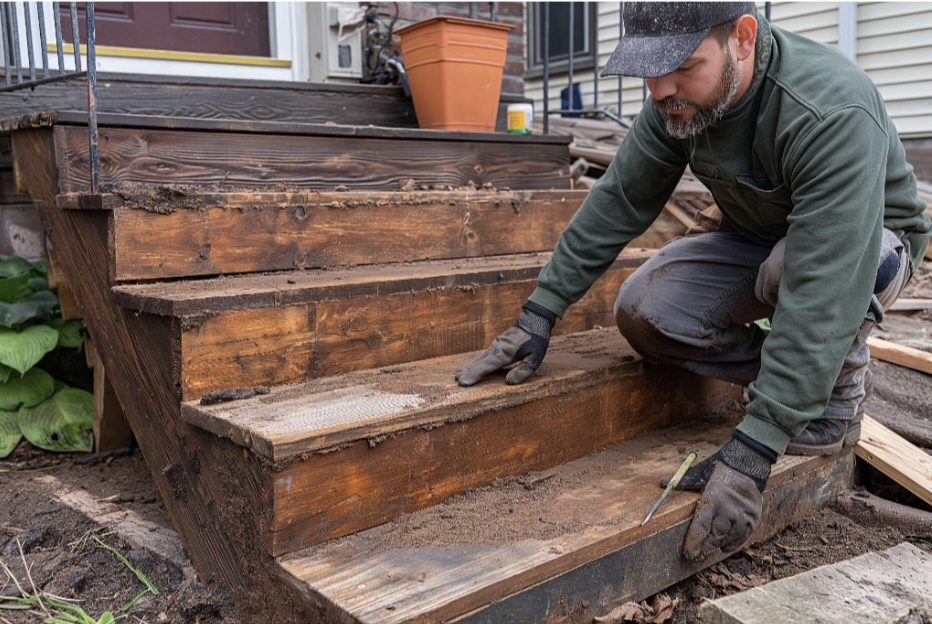A well-manicured lawn is a source of pride for homeowners, and one of the key elements that can elevate its appearance is a lawn edge border. Lawn edge borders, also known as landscape edging, serve aesthetic and functional landscaping purposes. This post will explore the beauty, benefits, and versatility of lawn edge border, offering insights into how they can transform your outdoor space into a harmonious and organised landscape.
Defining Lawn Edge Borders
Lawn edge borders are structural elements placed along the edges of lawns or garden beds to create distinct boundaries.
Aesthetic Appeal
Enhanced Curb Appeal: Lawn edge borders contribute significantly to the overall curb appeal of a property. They add a finishing touch that defines and frames the lawn, making it look well-tended and visually appealing, notes leading property management company, Limestone Country Properties Management team.
Clean Lines and Organization: Borders create clean lines and separation between different areas of your landscape. This organisation brings a sense of order to your outdoor space, making it appear more polished and inviting.
Highlighting Plantings: Garden beds and flower borders benefit from lawn edge borders, as they help accentuate the plants’ beauty. The border acts as a visual barrier, directing attention to its surrounding flora.
Versatile Styles: Lawn edge borders come in a wide range of styles, from rustic and natural stone to sleek and contemporary metal. This diversity allows homeowners to choose a style that complements their overall landscape design.
Functional Benefits
Grass Containment: Lawn edge borders serve as a barrier that keeps grass from encroaching onto pathways, driveways, or garden beds. This containment prevents the need for constant trimming and maintenance.
Weed Control: A well-placed border helps deter weeds from infiltrating your lawn or garden beds. Creating a physical barrier makes it more challenging for weeds to take root.
Erosion Prevention: In areas with sloping terrain, lawn edge borders can help prevent soil erosion by holding the soil in place during heavy rainfall or irrigation.
Easy Maintenance: Borders simplify lawn maintenance by providing clear boundaries. They make mowing, trimming, and edging more efficient and less time-consuming.
Materials and Styles
Lawn edge borders are available in a variety of materials, each offering a unique aesthetic and functional appeal.
Natural Stone: Stone borders, such as flagstone or limestone, provide a classic and timeless look. They blend seamlessly with natural surroundings and are durable, withstanding the test of time.
Metal: Metal borders, including steel, aluminium, or wrought iron, offer a sleek and modern appearance. They are low-maintenance, resistant to weather, and provide a clean, contemporary edge.
Wood: Wooden borders, often made from treated timber, lend your landscape a rustic and charming vibe. They are versatile and can be stained or painted to match your preferred style.
Concrete: Concrete or cement borders are a cost-effective choice. They come in various designs and can mimic the appearance of natural stone or brick.
Plastic: Plastic or rubber borders are lightweight and easy to install. They are a budget-friendly option and are often used for temporary or flexible borders.
Installation and Maintenance
Installing lawn borders is a relatively straightforward process, but it’s essential to follow these steps for a successful outcome:
Planning: Begin by outlining the areas where you want to install the borders. Consider the design and layout of your landscape and the type of border material you intend to use.
Excavation: Dig a trench along the edge of your lawn or garden bed to the desired depth. The depth will vary depending on the border material and the soil conditions.
Installation: Place the border material into the trench, ensuring it is level and secure. Backfill the trench with soil and compact it to stabilise the border.
Finishing Touches: Add mulch or decorative gravel to the garden beds on the border’s interior side. This not only enhances the appearance but also helps with weed control.
Maintenance: Regularly inspect and clean the borders to prevent debris accumulation. Depending on the material, you may need to perform occasional maintenance, such as sealing or staining.
Conclusion
Lawn edge borders are the unsung heroes of landscaping, combining both form and function to enhance the beauty and organisation of your outdoor space. Whether you opt for the timeless elegance of natural stone, the contemporary appeal of metal, or the rustic charm of wood, these borders provide a finishing touch that elevates your home’s curb appeal.





